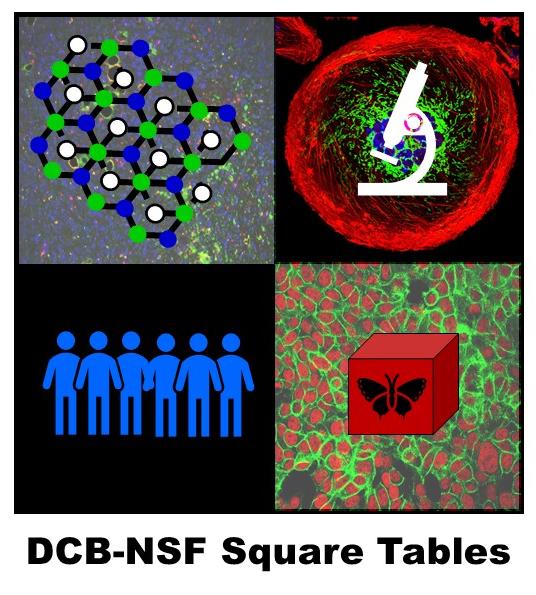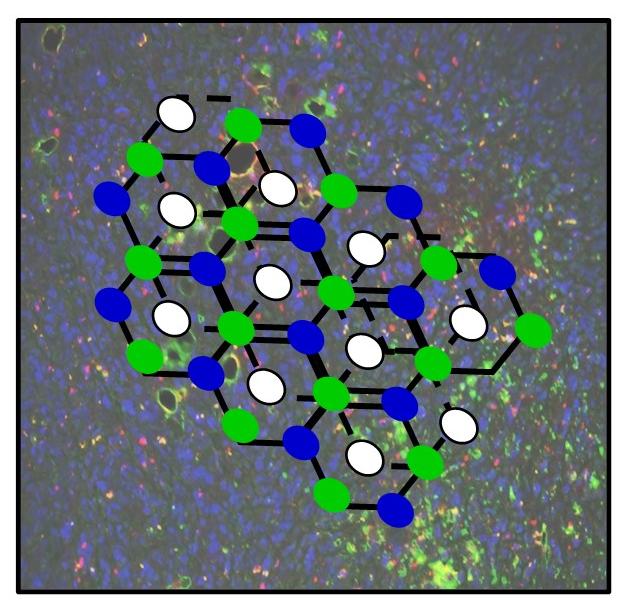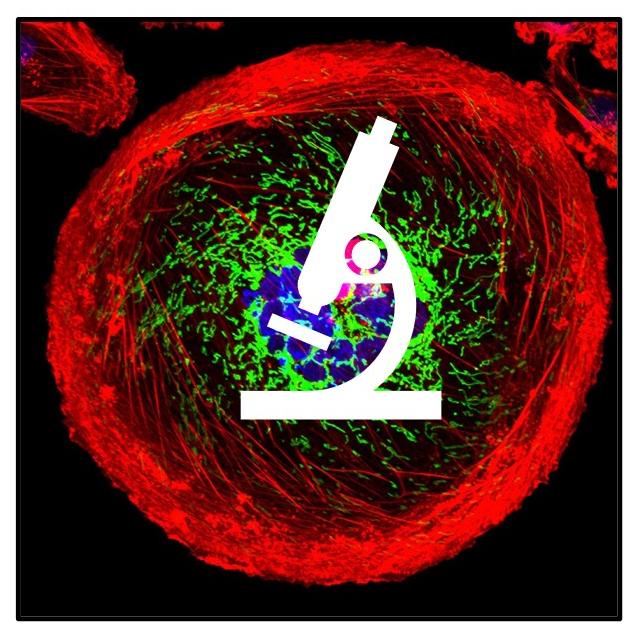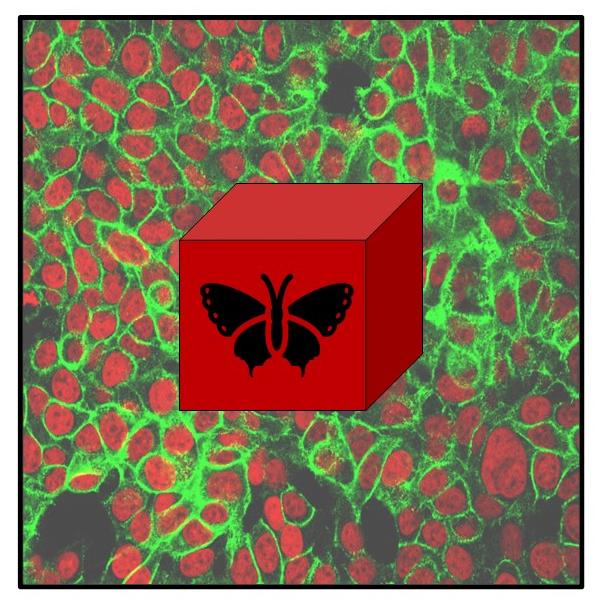Living Materials Square Table
This workshop explored challenges and opportunities in living materials to better understand and treat cancer. Experts in biomaterials, cancer biology, and systems biology were brought together in a virtual space to define the field of living materials and provide a roadmap for future research.
Cells respond to the entire context of their environment. Numerous environmental stimuli are integrated to maintain cell and tissue function. Cells can also be engineered to respond to medically relevant signals with therapeutic functions.
Acting in tandem with the right matrix, whether natural or engineered, adds functionality that can enable biosensing, wound healing, and drug delivery all from the same bioengineered construct. Such programmable, multi-functional living materials offer the potential to deliver precision, personalized medicine and diagnostics to cancer care.
Participants also captured how cancer can help develop living materials for non-medical applications. Cancer cells are capable of building their own blood vessels and other supporting structures and transitioning from benign to metastatic states. The ability of cells to encode information, self-organize over a hierarchy of structures, and evolve their properties may prove teachable to synthetic biology and materials science, and have broad applications beyond cancer.
This workshop identified transformative research directions for new materials design and cancer research, as well as challenges and opportunities for the NCI and the NSF to use in developing future programs.
A Perspective by participants of the Living Materials Square Table discussing synthetic approaches to design living materials for applications in cancer biology can be found in Nature Reviews Bioengineering.
Windows on the Cell Square Table
This workshop explored innovative research avenues in imaging that can accelerate cancer research by opening new windows on cells and cellular dynamics. Experts from cancer biology, physics, mathematics, and computer science came together to identify the challenges and opportunities that multiple disciplines can work together to address.
Traditional light microscopes have revolutionized our understanding of life. Technological advances since have enabled imaging at greater depth, higher resolution, and with specificity previously impossible. But modern microscopy is approaching the limits of studying life sciences.
Capturing some imaging data necessitates loss of function when there is a need to image intact tissue at high spatiotemporal resolution. Cancer cells must be images across time and length scales with high throughput in order to integrate molecular processes and biophysical compartmentalization with cell fate.
Imaging technologies used outside of life sciences have the potential to be translated in ways that can shed new light on cellular dynamics and enable researchers to follow cell fate via imaging. Existing technologies like adaptive optics from astronomy and emerging technologies like quantum microscopy, along with mathematical modeling approaches, may potentially transform how we peer into the cell to develop a deeper understanding of cancer biology.
Through vibrant exchange of ideas and expertise, participants from diverse disciplines synergistically worked together on big research questions and highlighted areas of study for novel probes and imaging technologies.
Emergent Properties Square Table
The availability of large-scale high-resolution data could help predict emergent aggregate behavior in cancer, but future advances in the field will require new computational approaches and experimental system that can integrate large-scale datasets and to improve our understanding and prediction of emergent cellular behavior.
At this workshop, researchers at the intersection of cancer biology, clinical oncology, mathematical modeling, and theoretical and applied physics explored critical questions related to emergent properties and discussed a roadmap for future research endeavors.
Though focus of the workshop was on how applications of mathematics and physics can drive our understanding of cancer biology, it also presents opportunities in mathematics and physics. Cancer is an evolving disease where many smaller interacting parts contribute to cell fate. The computational tools needed to better predict emergent behaviors may have applications in similarly complex systems outside the cancer context.
Unique to this workshop among the three in this series was participation from cancer patient advocates who shared their perspectives and supported integrating patient input into future cancer research programs. Additionally, working groups formed around promising research ideas during the workshop, raising interesting high-level questions and the antecedent research needed to answer them.
DCB Contacts for the Square Tables
For additional information about the DCB-NSF Square Tables, please contact Dr. Jennifer Couch.



